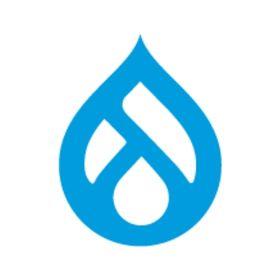Description
This module enables the website to permanently store the access tokens
that the module fboauth retrieves from Facebook when the user grants access
to the application that fboauth is managing.
Usage
Once the module is enabled, each user will have a page at /user/UID/fboauth
that allows the user to grant the application all permissions required for all
actions declared in the hook_fboauth_actions implementations.
This allows any module that uses fboauth to use the stored token to perform
calls to facebook's api without having to redirect the user to FB (which is the
behaviour fboauth uses), or even without having any interaction from the user
(ie: from hook_cron).
This is useful when a module wants to perform a call to Facebook on behalf of
a user but it is not possible to use the normal workflow of redirecting the
user to facebook to get a valid access_token.
// Retrieve stored access_token for the current user.
$access_token = fboauth_tokens_get_user_access_token();
// Call facebook api.
$params = array(
'message' => 'Hello world',
);
$result = fboauth_graph_query('me/feed', $access_token, $params, 'POST');
The module does not provide any facility to know if the provided token is still
valid.
So if your call to fboauth_graph_query() returns an error, your module will be
 Still on Drupal 7? Security support for Drupal 7 ended on 5 January 2025. Please visit our Drupal 7 End of Life resources page to review all of your options.
Still on Drupal 7? Security support for Drupal 7 ended on 5 January 2025. Please visit our Drupal 7 End of Life resources page to review all of your options.